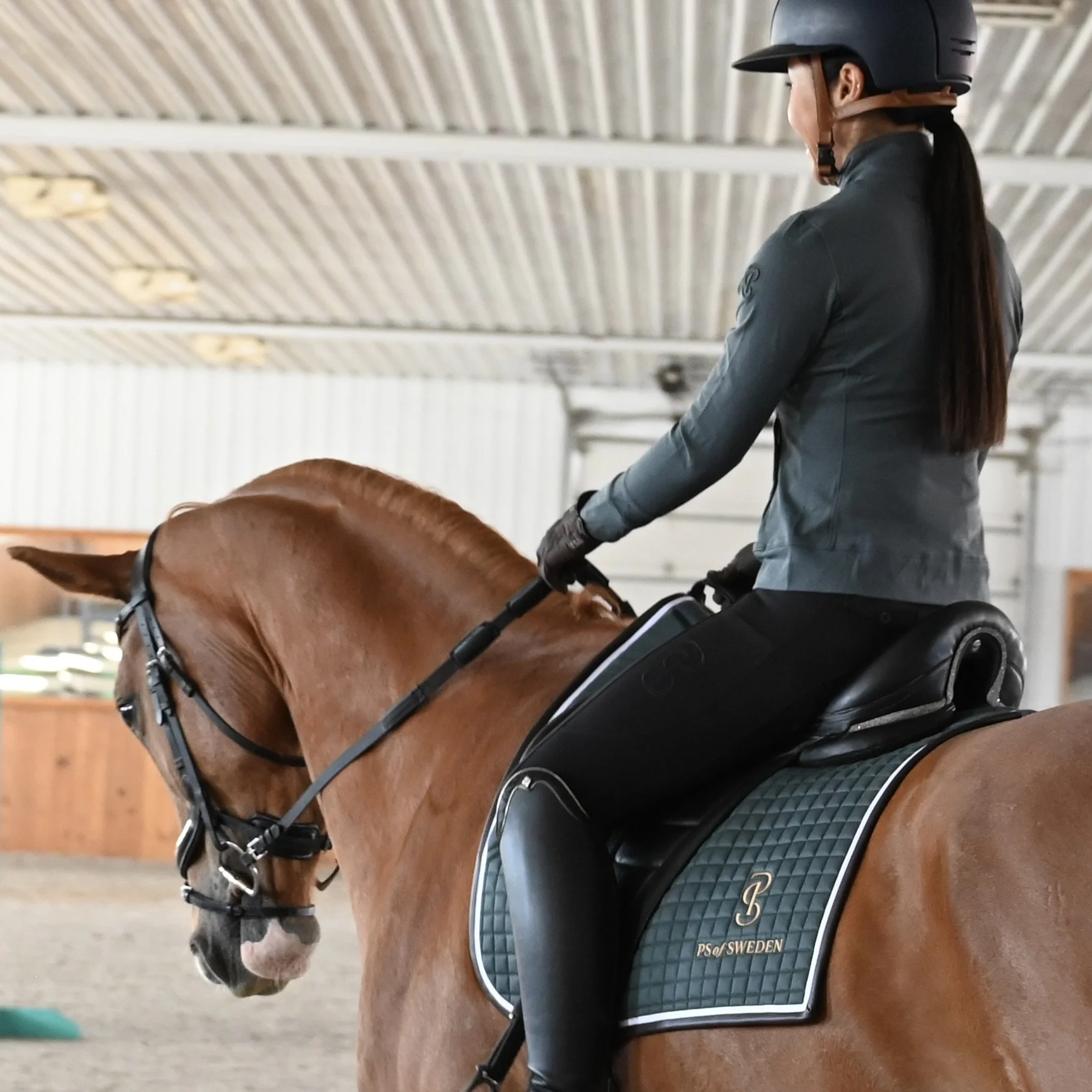Why is your upper body tense while riding?
As a fitness trainer for equestrians, I've encountered a common issue among riders: upper body tension. Whether you're a seasoned equestrian or just starting out, you may have experienced the discomfort and limitations that come with tight muscles in your upper body!
In this blog post, we'll explore why equestrians often ride with upper body tension and how incorporating mobility and stretching exercises into your routine can help alleviate this issue.
Few Reasons Why Equestrians Ride with Upper Body Tension
Desk Jobs: Many equestrians spend a significant amount of time off the saddle, often sitting at desks for work or other sedentary activities. Prolonged sitting can lead to tightness in the muscles of the upper back, shoulders, and neck, which can carry over into your riding posture.
Poor Posture: Whether it's from hours spent at a desk or simply a lack of awareness, poor posture is a common issue among riders. Slouching or rounding the shoulders can cause muscle imbalances and lead to tension in the upper body while riding.
Stress: The demands of daily life, coupled with the pressures of training and competition, can lead to stress and tension in the body. When we're stressed, our muscles tend to tighten up, which can affect our riding posture and performance.
How Mobility and Stretching Can Help
Improved Range of Motion: Incorporating mobility exercises into your routine can help improve the range of motion in your joints, allowing you to move more freely and effectively in the saddle. Focus on exercises that target the shoulders, thoracic spine, and hips to address areas commonly affected by upper body tension.
Release Muscle Tension: Stretching is an effective way to release tight muscles and reduce tension in the upper body. Pay special attention to stretches for the chest, shoulders, and upper back to counteract the effects of poor posture and desk work.
Enhanced Body Awareness: Practicing mobility and stretching exercises can help improve body awareness, allowing you to identify and address areas of tension or imbalance in your riding posture. By developing a greater sense of proprioception, you'll be better equipped to maintain proper alignment and stability in the saddle.
Injury Prevention: Tight muscles and poor posture can increase the risk of injury while riding. By incorporating mobility and stretching exercises into your routine, you can help prevent common riding-related injuries and maintain optimal physical health and performance.

